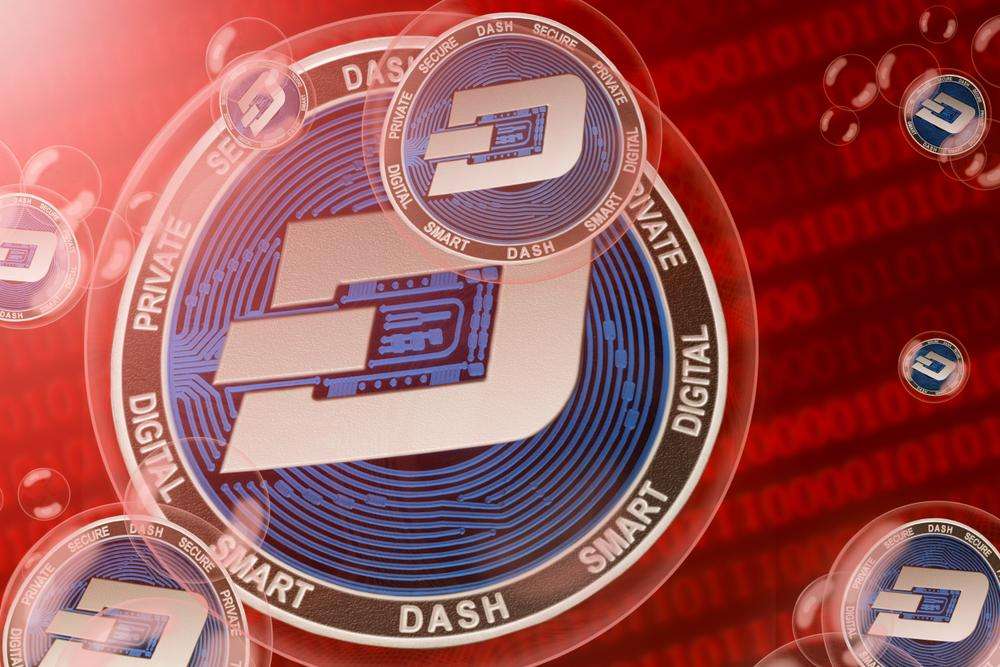Ethereum NFTs can be migrated to Bitcoin, but there is a catch

While Ethereum remains dominant NFT platform in terms of trade volume and total value, Bitcoin undoubtedly have swallowed a lot of the rush in the NFT room via the last one the emergence of the Ordinals protocol. And for Ethereum NFT holders who would rather be on Bitcoin, there is now one migration solution – but it is a one-way journey.
Bitcoin Miladys, an NFT project that offers derivatives of Ethereum-based Milady Maker profile picture (PFP) project, launched a bridge in collaboration with the marketplace Ordinals Market and Xverse Bitcoin wallet. The BRC-721E token standard, as it’s called, enables the bridge to migrate artwork and data over to Bitcoin via Ordinals.
The bridge allows holders of Ethereum NFTs – defined by the ERC-721 token standard – to effectively move the asset onto the Bitcoin blockchain via a burn-and-coin process. The original Ethereum NFT is sent to an inaccessible “burn” address, meaning it is essentially destroyed on-chain, but then the asset is recreated on Bitcoin via the Ordinals protocol.
Bitcoin Miladys were originally minted on Ethereum, so the bridge was originally designed to allow holders to bring them over to Bitcoin. However, as the Ordinals Market page describes, the BRC-721E token standard and bridge can work with any compatible Ethereum NFT.
Some cross chain bridges use an escrow wallet in the middle and keep the original NFT or asset, then create a new version on the target chain. It makes it possible to recover the original asset on the original chain by burning the secondary version.
But that is not possible with NFTs migrated to Bitcoin via the BRC-721E process. As mentioned, it’s a one-way trip, and the original NFT is essentially destroyed in the process.
The process may still prove appealing to Bitcoin lovers, or perhaps NFT holders who believe that the busy increase of Ordinals will add more value to their migrated NFT. However, there are potential risks in exchanging blockchains.
For example, back in February, a Bored Ape Yacht Club The owner burned his original Ethereum NFT and made a new version on Bitcoin via Ordinals. Soon after, one of the Bored Ape co-creators at Yuga Labs tweeted that the holder had “effectively given up” the license to the myriad benefits and perks associated with Bored Ape NFT ownership.
The Ordinals protocol, launched in January, creates a way for people to “write in” digital media such as artwork, PFPs, and even functional apps and games to the Bitcoin blockchain. Each “digital artifact” is inscribed with a single satoshi, which is 1/100,000,000 of a full Bitcoin.
More than 10 million inscriptions has been done to date, with that milestone reached on Monday. The month began with just 3 million total inscriptions, and the recent increase has been primarily driven by the emergence of the BRC-20 standard, which uses Ordinals inscriptions to allow users to create fungible tokens on Bitcoin—for example, meme tokens.

























